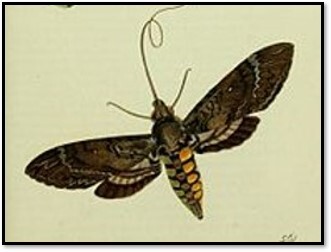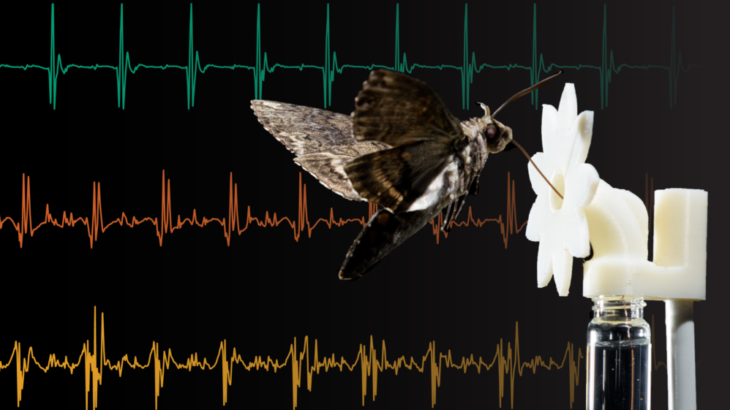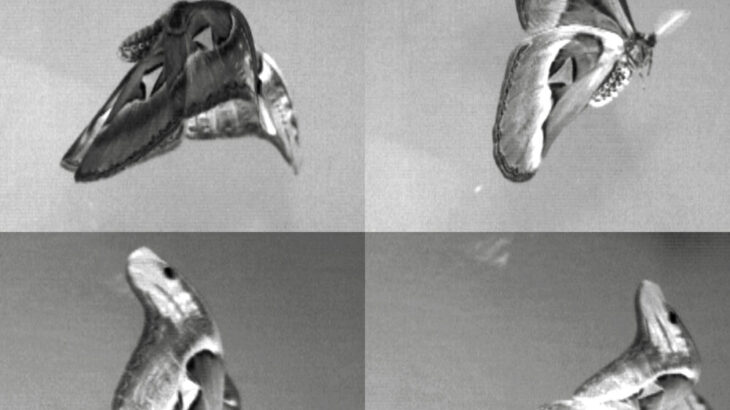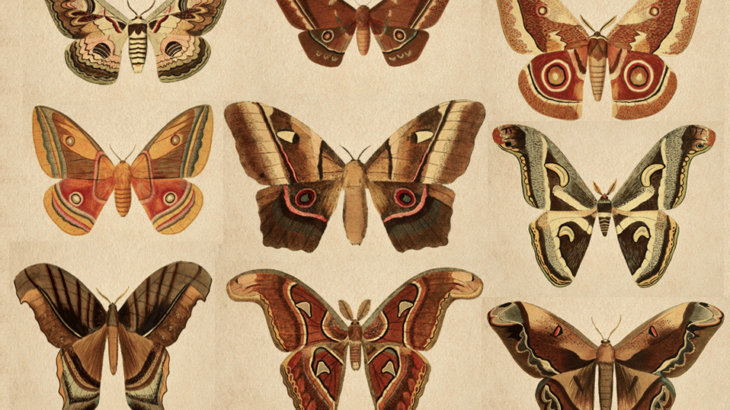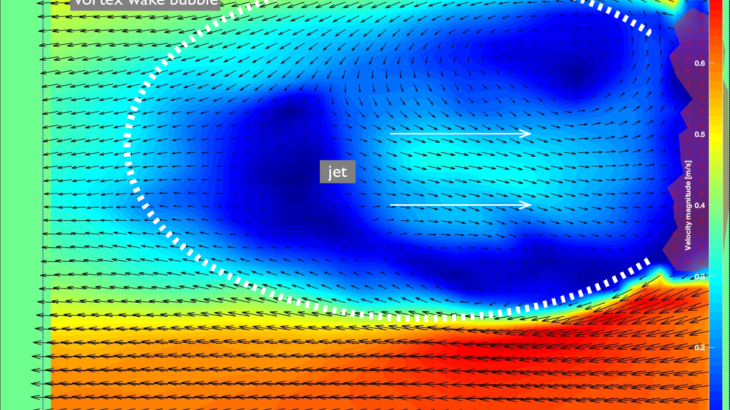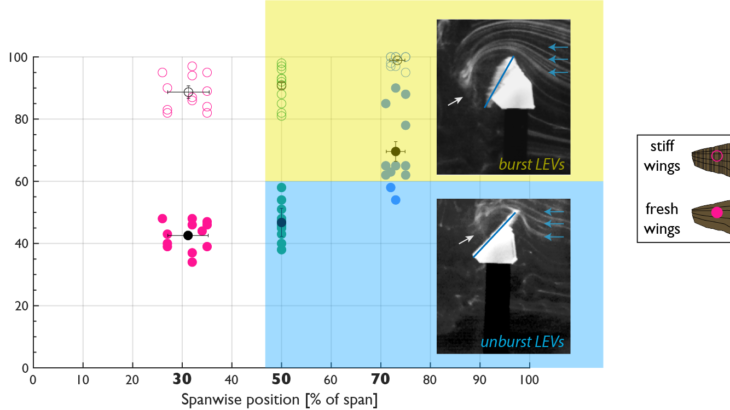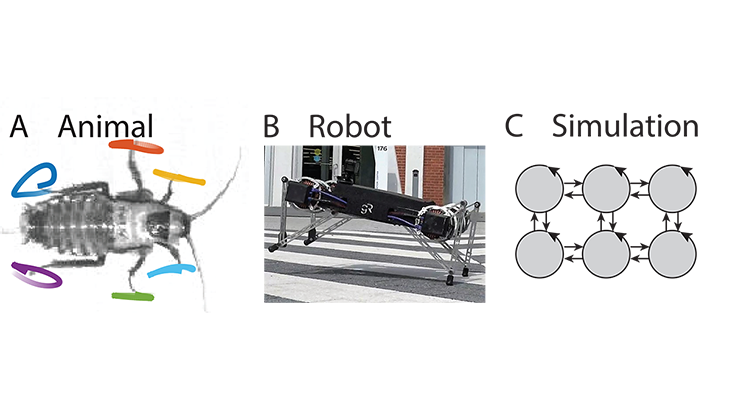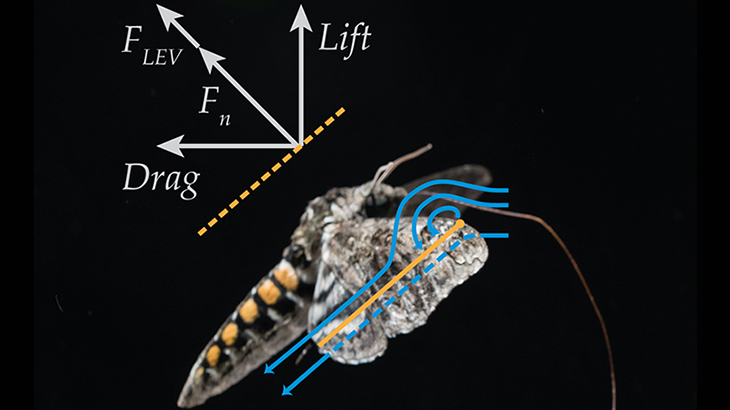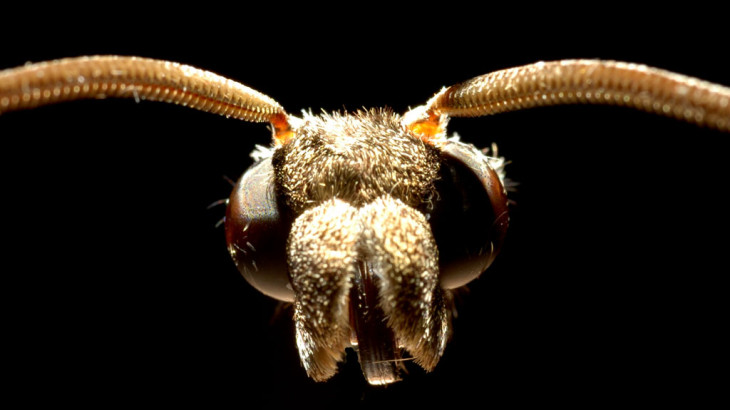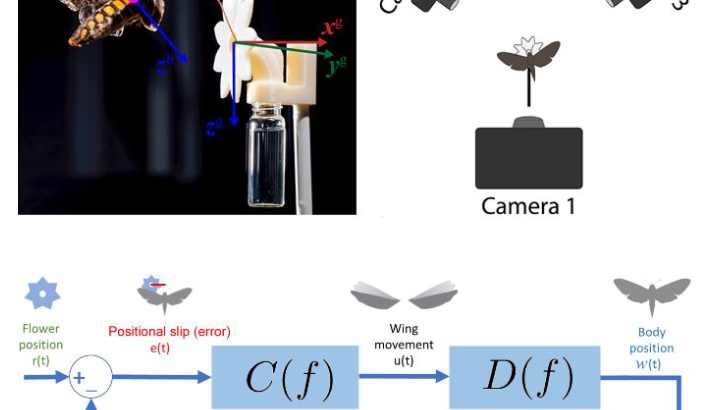
One aspect of flight agility of hawkmoth M. sexta is that it sustains long bouts of hovering mid-air while feeding from wind-blowing flowers. Interestingly, this flower tracking phenomenon turns out to be linear i.e. it emerges as a linear relationship between flower and moth positions for a range of speeds close to the hover-feeding equilibrium […]
